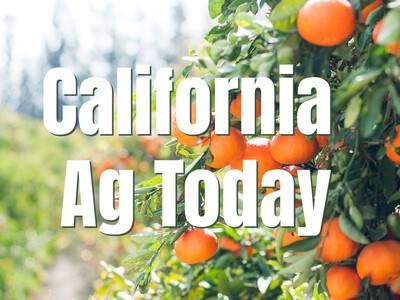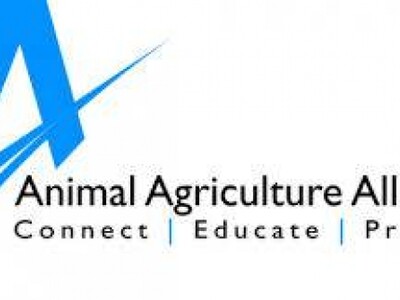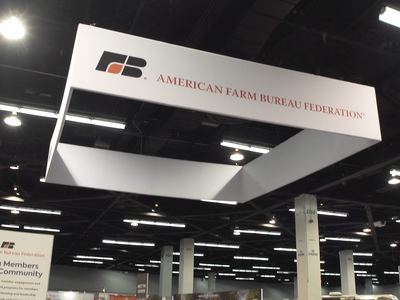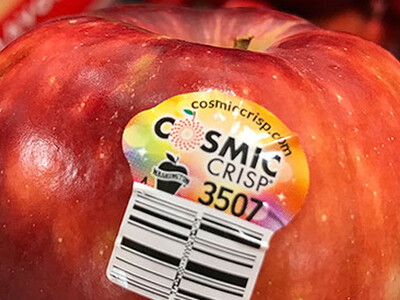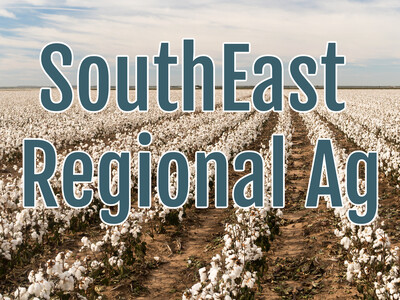Beef Industry Miracle
As we wrap up 2018, it’s worth a moment to pause and consider the amazing day to day performance and accomplishments of the U.S. cattle and beef industry. Beef production in 2018 is projected to total nearly 27 billion pounds of beef products resulting from the slaughter of 33 million head of cattle. The economic system that connects cattle production to beef consumption is remarkably complex and is a challenge for producers and consumers alike to understand and appreciate.
The marketing challenge for beef is no different than for any other product: providing the right product; in the right form; at the right time; in the right place; at a price that represents value to the consumer. Consumer demand for a given product, say a ribeye steak, is met by a marketing system that must simultaneously meet that demand and maximize the value of the large set of products resulting from fabricating the carcass in order to provide a ribeye steak. For consumers, beef demand for a given product on any given day occurs in diverse markets ranging from retail grocery; restaurants (HRI: hotel, restaurant, and institutions); or in a variety of international export destinations and, of course, not all products are consumed in all markets. What we refer to simply as beef demand is really a vast array of demands for the multitude of products that result from the disassembly of beef carcasses. Moreover, beef products are perishable and mostly marketed fresh; which means that the ability to use product inventories to balance dynamic supply and demand flows is typically limited to a short period of a few days. It’s easy to take for granted that fresh beef will be available in a wide range of domestic and international markets every day of the year but the process is truly remarkable.
In order to meet that fresh beef demand, a continuous flow of cattle ready for slaughter must be available throughout the year. The flow of fed cattle into the packing industry is the result of multiple production sectors and a lengthy production process. The majority of cattle slaughter is young cattle finished in feedlots in a five to six-month feeding phase. Prior to finishing, many cattle grow in a stocker or backgrounding phase that typically lasts from four to six months. Stocker cattle are calves typically weaned at seven to nine months of age as the product of cow-calf production. This means cattle are slaughtered at roughly 18 months of age, with adjustments in any or all of these production phases resulting in a range of slaughter age from 15 to 22 months or more. Add to that nine months of gestation to produce a calf and the total time between fresh beef for consumers and a rancher’s decision to turn out the bull is more than two years.
Additionally, there are numerous other dimensions of cattle production that add to the complexity of the industry. Cattle production occurs all over the country in a wide range of climate conditions ranging from semi-tropical to subarctic. Cattle are ruminants and able to use a wide range of feed resources which add flexibility to cattle production but also add to the challenge of adjusting cattle production in response to the dynamic market conditions described above.
Cow-calf and stocker producers, feedlots, packers, further processors and a host of other workers in transportation, stocking, cooking, serving and countless other industry participants work every day to make sure that restaurant diners and grocery shoppers don’t have to think about where and how that beef product came to be available at that moment…or indeed that it would be there at all. It truly is a miracle.






